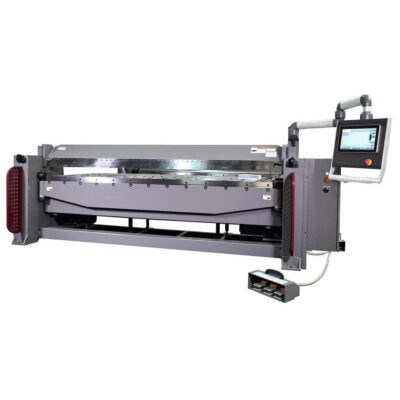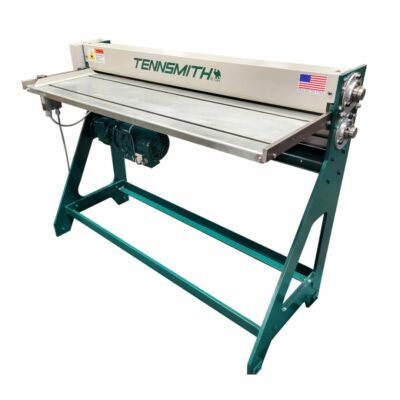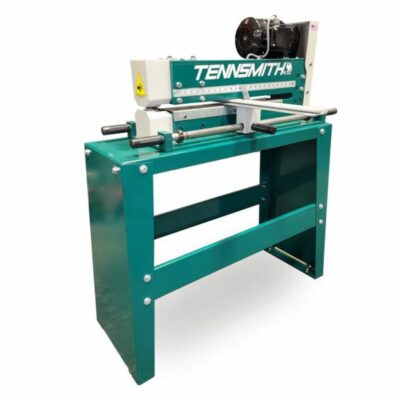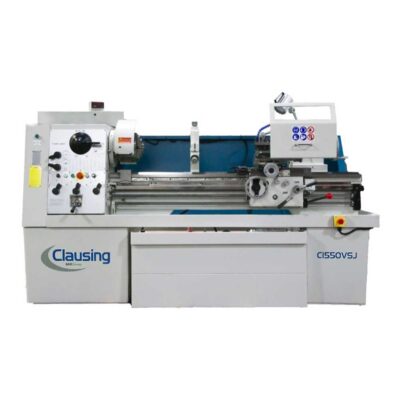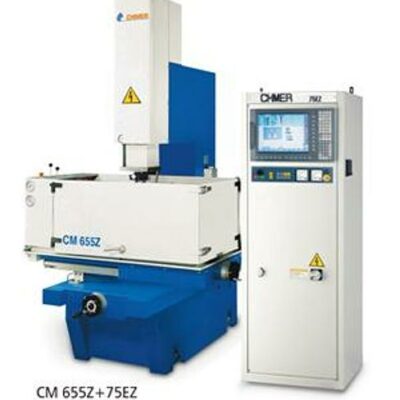Are you interested in acquiring a Press Brake? Here are some things to consider….What kind of metal are you bending? Mild steel, stainless steel or aluminum? There are several types of brakes available depending on what your needs are. There are mechanical, pneumatic, hydraulic, and servo-electric Press Brake Models.
• In a mechanical press, energy is added to a flywheel with an electric motor. A clutch is utilized and accuracy and speed are two advantages of the mechanical press.
• Hydraulic presses operate by two synchronized hydraulic cylinders on the C-frames moving the upper beam.
• Servo-electric brakes use a servo-motor to drive a ballscrew or belt drive to exert tonnage on the ram.
• Pneumatic presses of course utilize air pressure to develop the tonnage on the ram.
There have been many improvements over the years to the Brake including the backgauge.
A back gauge can be used to accurately position a piece of metal so that the brake puts the bend in the correct place. The back gauge can be programmed to move between bends to repeatedly make complex parts. Early brakes relied on the tooling to determine the bend angle of the bend. .
Today’s Press brakes often include multi-axis computer-controlled back gauges. Optical sensors allow operators to make adjustments during the bending process. These sensors send real-time data about the bending angle in the bend cycle to machine controls that adjust process parameters.
Contact our qualified team to assist you today with your machine tool needs. 614-255-9000

